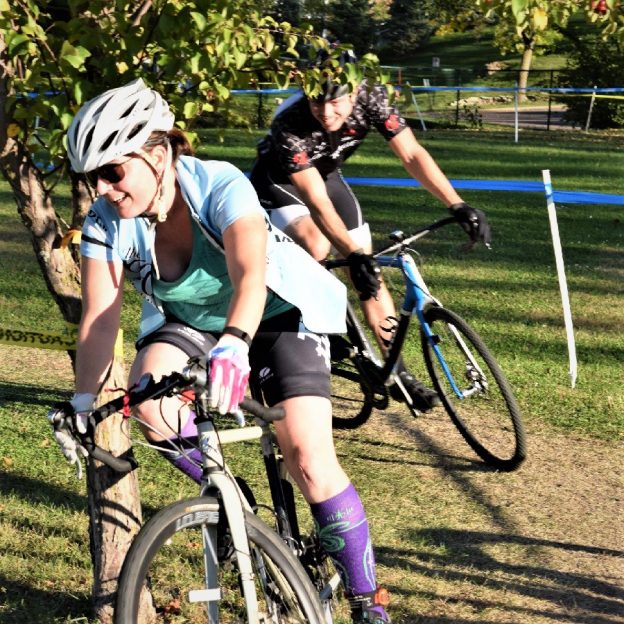Tag: Cyclocross Wisconsin
-

An intro into cyclecross may extend your biking fun
If you enjoy the idea of taking your road bike, or a slightly modified version of it, off the pavement and into a designated park area, cyclocross may be for you. Also called CX, cyclo-X, or ‘cross’, the actual name is cyclocross, and it is a form of bicycle racing that is known worldwide. Cyclo-cross…
